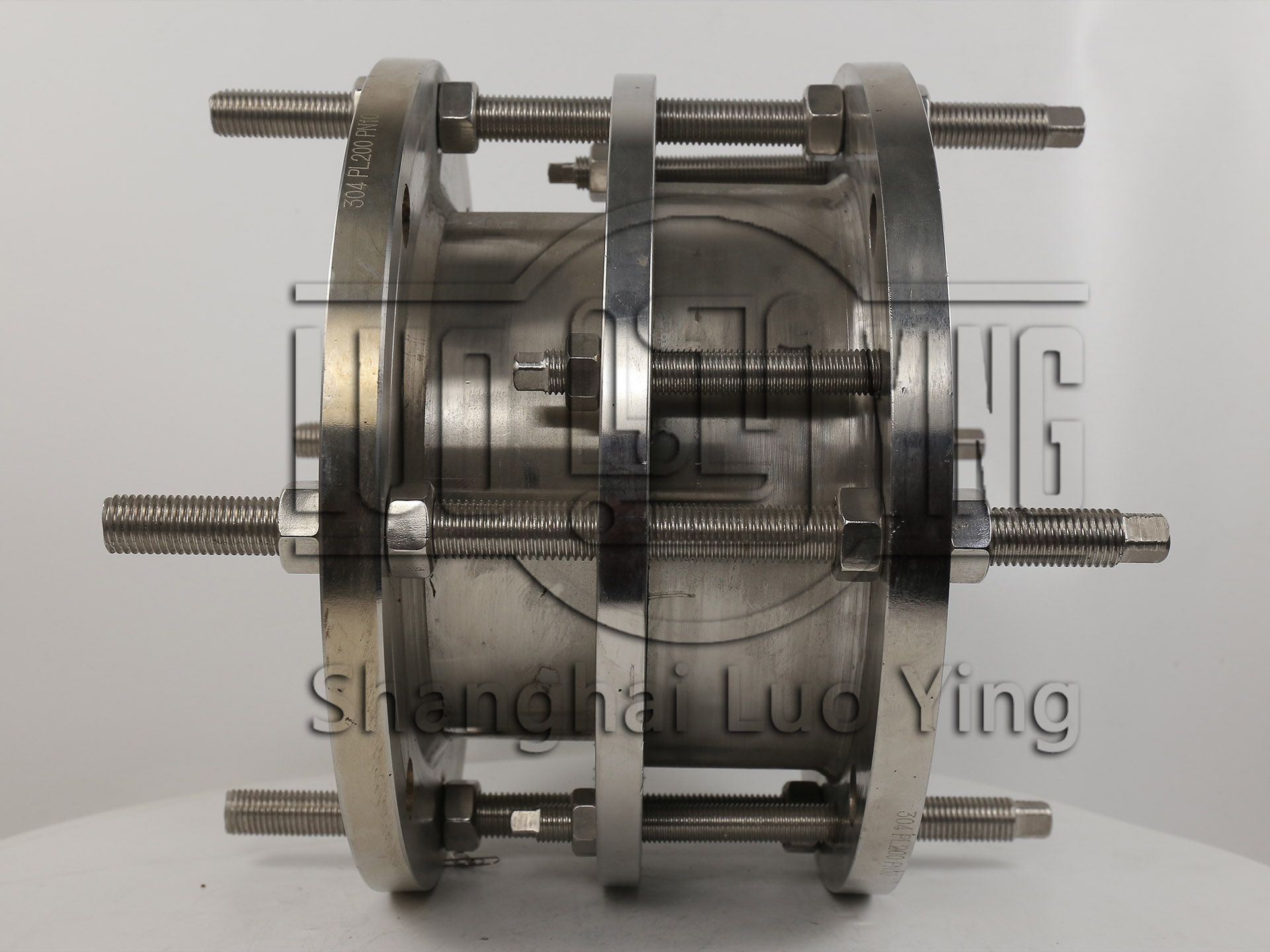Polishing procedure of force transmission expansion joint
Jul-23-20
Polishing procedure of force transmission expansion jointMeasure the coaxiality (radial displacement) of the force-transferring expansion joint by using a right-angle ruler, and measure the parallelism (angular displacement) of the force-transferring expansion joint by using a plane gauge and wedge gap gauge, which is a simple and widely used method, but the precision is not high, and is generally used in low or medium-speed and other less demanding operating equipment. Measure the coaxiality and parallelism of the transmission type expansion joint directly with the percentage meter, plug ruler and center card.
Adjustment method: usually realized by adding or subtracting shims under the legs of the main machine (motor) in the vertical direction or by moving the position of the main machine in the horizontal direction. Since the static press-in method is limited by the pressure machinery, it is more difficult to apply a large force when the interference is large. At the same time, in the process of pressing in, it will cut away the uneven tiny peaks on the mating surface between the transmission type expansion joint and the shaft, so that the mating surface is damaged.

Tap the force transmission expansion joint into. This method is not suitable for brittle materials such as cast iron, hardened steel, casting alloys and other brittle materials manufactured force transmission expansion joints with the risk of local damage. This method will also damage the matching surface, so it is often used in the assembly of force transmission expansion joints.

